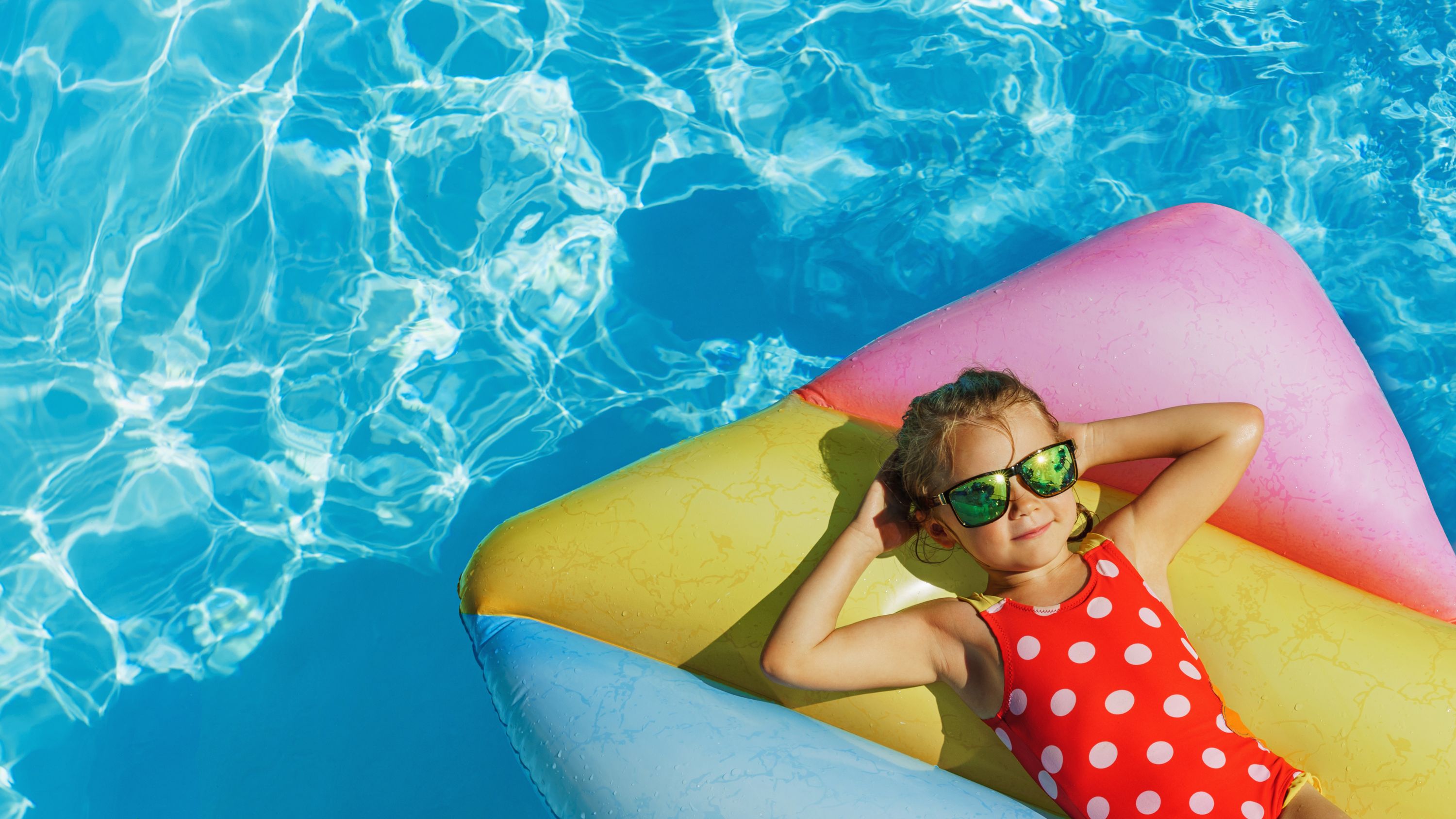Dos and Don'ts of Pool Accessories

Going to the pool is a summer staple for many families, but what should you bring with you? When it comes to the must-have packing list, opt for safety over convenience. Not all pool accessories are created equal, and some come with safety risks.
Step Into Swim is sharing the dos and dont's of pool accessories to help keep your loved ones safe around the water.
-
DON'T Rely on Inflatables for Swim Safety. Two-thirds of parents who have a child ages 14 or under (66%) incorrectly believe floaties and water wings keep children safe in the water, according to a Step Into Swim survey conducted by The Harris Poll. The use of water wings, floaties and other inflatable rings can bring fun to pool play, but these accessories aren’t recognized as safe personal flotation devices and should not be used as safety mechanisms. These accessories can shift position, lose air or slip out from underneath children, which puts them at risk in the water. To ensure children and their caregivers don’t fall into a false sense of security with these devices, constant supervision is critical.
-
DON'T Use Accessories That Restrict Movement. It is common for children to engage in imaginative activities and role play in the water (mermaids, anyone?), but caregivers should be wary of trendy pool accessories that restrict movement in the water for children learning how to swim. Mermaid tails and monofins, while popular, bind feet together, limit movement and add weight to the person wearing them. For young swimmers learning how to use both of their legs to stay safe in the water, these types of wearables aren’t conducive to a safe and healthy swim environment.
-
DON'T Leave Toys Out When Not in Use. Pool toys keep children entertained and can be great teaching aids in the water when used responsibly. However, Step Into Swim cautions caregivers about leaving toys out by the pool when they aren’t being used. Bright, vibrant toys pose as distractions to children, who may overreach and accidentally fall in the water. Be sure to clean the designated pool area of all toys after use and remember to practice multiple layers of protection to prevent unsupervised access.
-
DO Use Approved Life Jackets. Life vests should be worn by everyone, regardless of experience level, when in open water and while boating. Look for life jackets tested and approved by the U.S. Coast Guard, which provide safe and reliable buoyancy in the water. Choose one that will fit the best based on weight and size requirements. These approved personal floatation devices should fit snugly.
-
DO Utilize Kickboards & Foam Noodles as Teaching Aids. While kickboards and foam noodles are not meant to protect children in the water, these accessories make great teaching aids! They provide free-floating support to help swimmers practice breathing underwater, kicking and working on different swim strokes.
-
DO Wear Sun Protective Gear. Drowning isn’t the only risk associated with pools. Simply being outside with a high UV index can put you at risk of sun damage, even when it is cloudy. Grabbing a pair of sunglasses and wearing a brimmed hat can help shield the face and eyes from harmful rays. Wearing and frequently reapplying a waterproof sunscreen can also help prevent sunburn, skin cancer and premature aging.
Pool accessories can be a welcome addition to a summertime water outing when used safely and responsibly. However, there is no substitute for swim lessons, which give children the lifesaving skills to be safe in the water, as well as vigilant supervision by each child’s caregiver.


